How 'Black Wednesday' stalled Norwood's engine
When General Motors Co. opened an automobile assembly plant in Norwood in 1923, the citizens of Hamilton County’s second largest city were elated. That meant thousands of jobs that would bolster the local economy.
It came at an opportune time for Norwood. According to headlines of the day, some in the struggling community were considering whether to ask to be annexed by Cincinnati.
Now, 100 years later, we can better see how their fortunes would rise and fall with that of the automaker.
In September 1922, an Enquirer story announced that GM had acquired a 16-acre plot in Norwood, formerly used as circus grounds and a ball field. The site was nestled between the Pennsylvania and the Baltimore and Ohio (B&O) railroad lines, a major factor in choosing it.
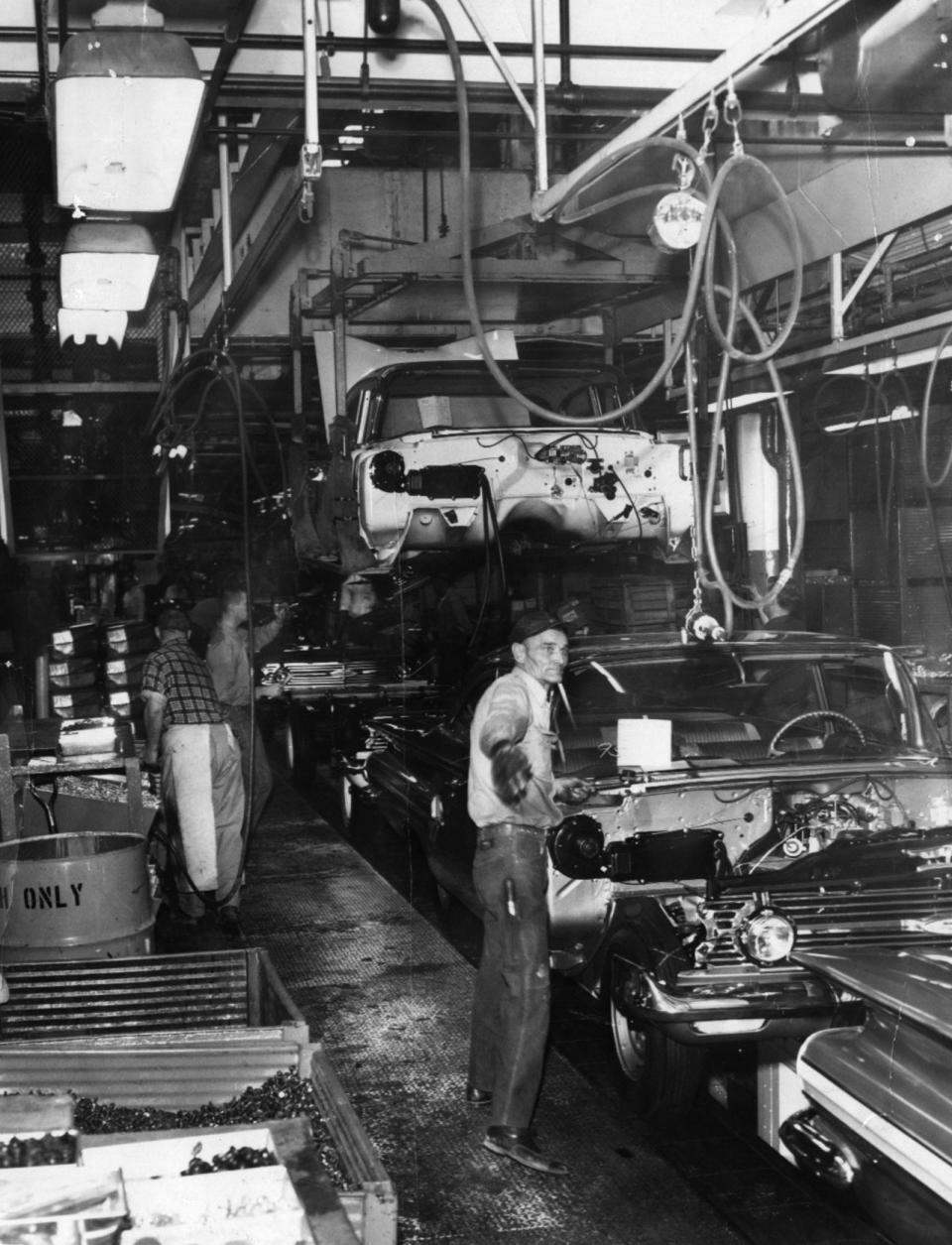
The Norwood facility didn’t manufacture auto parts; it was an assembly plant with two lines, one for building Chevrolet cars, the other for Fisher bodies, both subdivisions of GM. The plant was to employ 2,100 people and complete 300 cars a day.
“Norwood has been having some ambitious dreams since the General Motors Corporation started to build the big Chevrolet auto plant there,” the Cincinnati Post reported on the feeling of great expectations in April 1923, four months before the plant opened.
“Talk with any Norwood citizen for a few minutes and you will be convinced a boom is in progress. You will be told of the rise in property values, of new business and residence buildings under construction and of many commercial enterprises being planned. … It is possible that in time Norwood may have to annex Cincinnati.”
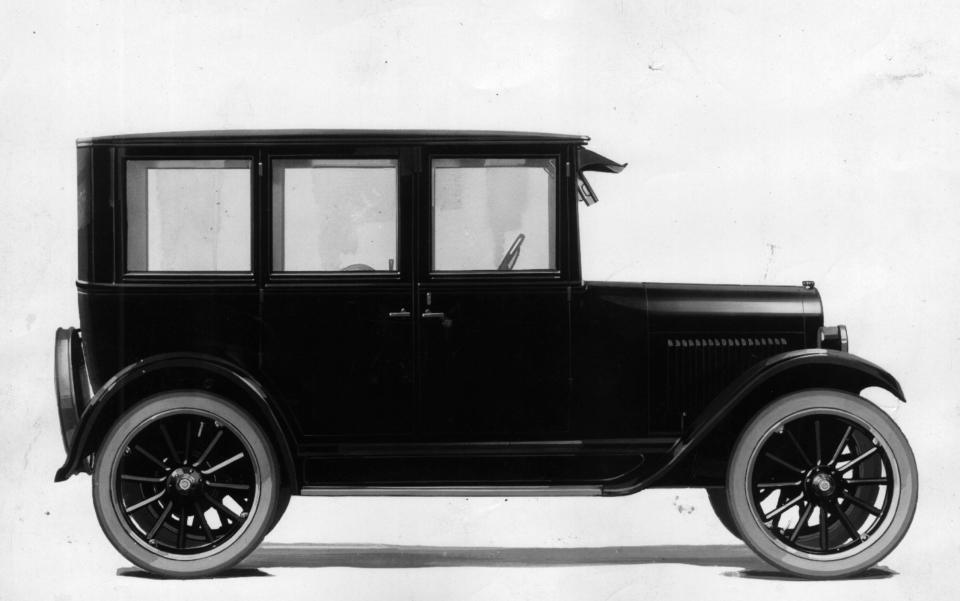
The first car came off the assembly line Aug. 13, 1923, a Chevrolet Superior. Superiors came in two-door and four-door versions, as roadsters, coupes, trucks, sedans or touring cars. A 1924 ad for the Oakley Motor Car Co. on Madison Road posted a Chevy Superior five-passenger sedan for sale at a cost of $795 ($14,000 today).
Nearly every Camaro and Trans Am was built in Norwood
Over the next six decades, the GM plant expanded to cover 59 acres with nearly 9,000 employees at its highest.
There was a disruption during World War II, however. In 1942, the plant closed and was refitted for war work, constructing airplane parts and army trucks. After the war, in September 1945, the plant was restored and expanded to resume civilian car and truck assembly.
In all, more than 8 million vehicles were put together at the Norwood assembly plant, most of them Chevys, including the Nova and Impala. But the plant is best remembered for its 1970s pony cars: Norwood rolled out just about every Camaro and Pontiac Firebird for 20 years.
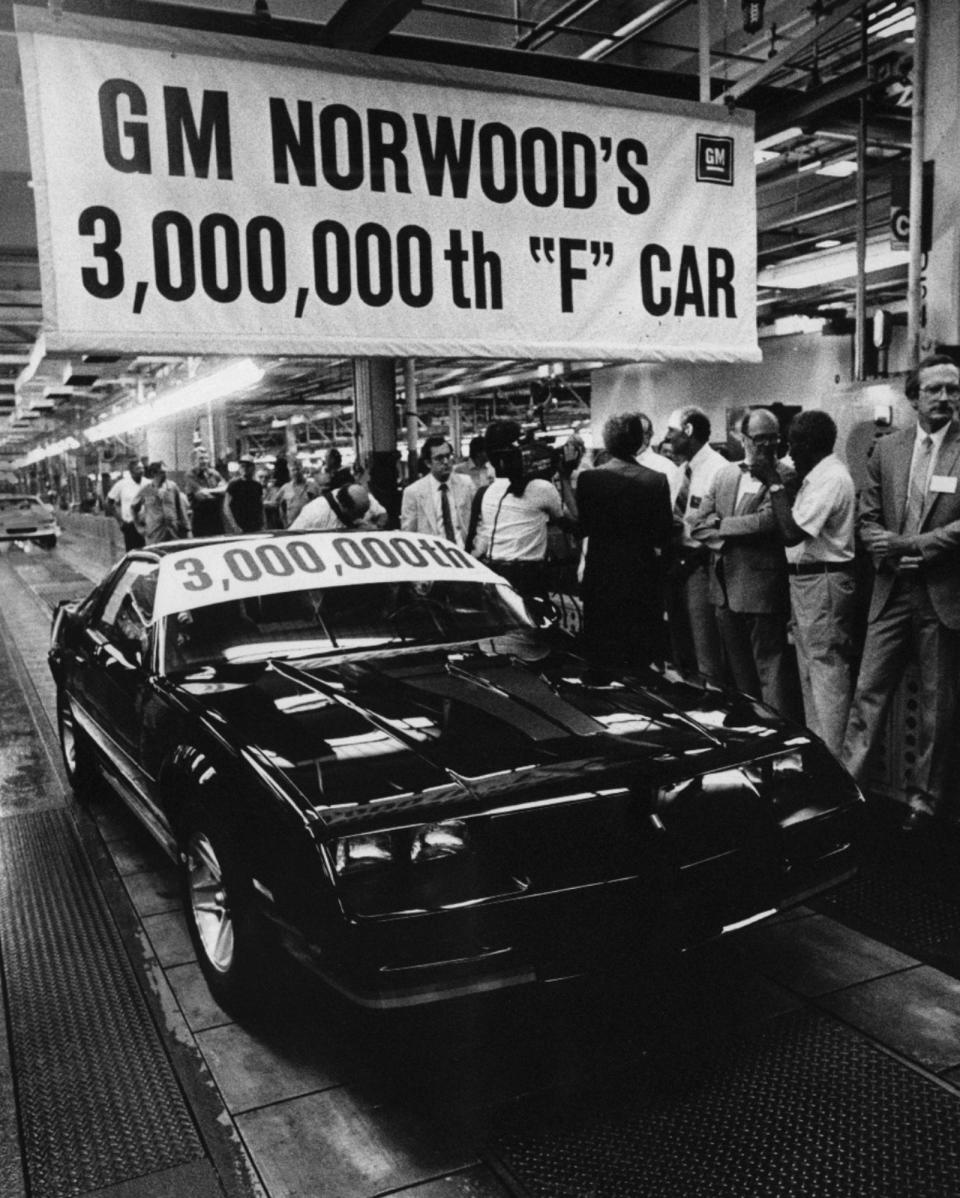
The GM plants in Norwood and Van Nuys, California, were the only factories to produce Chevy’s new Camaro when it debuted in September 1966. Eventually, all Camaros came out of Norwood.
It was the same with its cousin, the Pontiac Firebird, which was introduced in February 1967. Production moved to Norwood in 1969. Each of the Firebird Trans Ams used in the 1977 movie “Smokey and the Bandit” were made in Norwood.
The factory was humming around the clock, over three shifts. The Post reported in 1971 that workers completed 55 autos an hour, which totaled about 1,300 vehicles assembled each day.
Labor strikes … then a bombshell
It wasn’t always a harmonious relationship. Labor disputes halted production at times.
United Auto Workers Local 674 went on strike against the General Motors Assembly Division, or GMAD, a few times in the late 1960s and early ’70s.
In 1972, the union’s strike came in response to GM consolidating the Chevrolet and Fisher Body plants. That required a new contract, the UAW argued. The strike lasted 174 days – from April 7 to Sept. 27 – ending when the UAW workers ratified the agreement reached in Detroit a few days earlier. At the time, it was the lengthiest strike in GM history.
But the strike came at a cost. About 1,100 incomplete cars were left on the line and had to be scrapped because they couldn’t conform to the federal safety standards of the 1973 models. Thousands of local workers lost five and a half months worth of wages. Norwood lost out in tax revenue, and businesses such as shops and restaurants missed out on sales to the workers – most of whom did not live in Norwood.
It just went to show how much Norwood, General Motors and the workers depended on one another.
Then, harsh reality hit 15 years later.
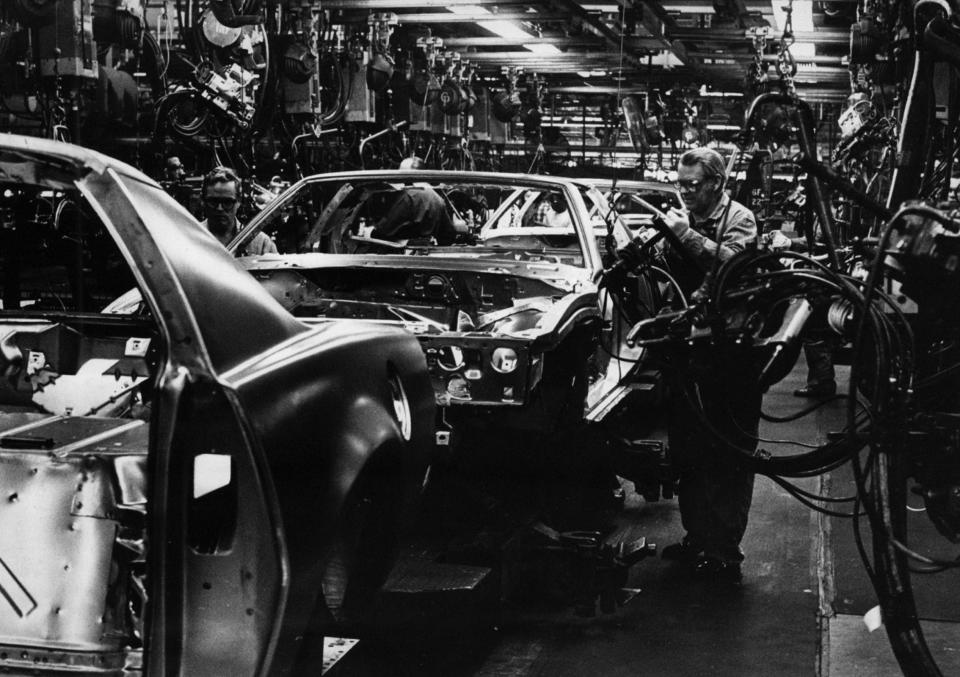
In November 1986, GM announced it would be closing 11 facilities, including the plants in Norwood and Fairfield, in two years. GM was in cost-cutting mode after sagging profit margins.
Herbert Stone, manager of the Norwood assembly plant, told The Enquirer at the time that, in choosing which plants to close, GM “tried to look at the age of the facility, the possibility of it being upgraded as a modern facility and its history of labor-management relations.”
For Norwood, this was comparable to if Procter & Gamble moved out of Cincinnati. Government officials worked for a year to convince GM to change its mind. Instead, GM moved up the timetable, closing the Norwood plant a year earlier.
Norwood’s then-Mayor Joseph Sanker called the closure a “death knell blow inflicted by General Motors on the citizens of this community.”
That meant the loss of 4,200 jobs, plus 35% of Norwood’s tax base. The city filed a $318 million lawsuit against GM for lost tax revenue, citing breach of contract for closing the plant. But a judge threw that out.
The last car off the assembly line
On Aug. 26, 1987, a day known in Norwood as “Black Wednesday,” the last car – a red Camaro IROC-Z – rolled off the line. It was raffled off to plant employees, won by Wendell Spurlock.
Then, after 64 years in operation, the plant went silent.
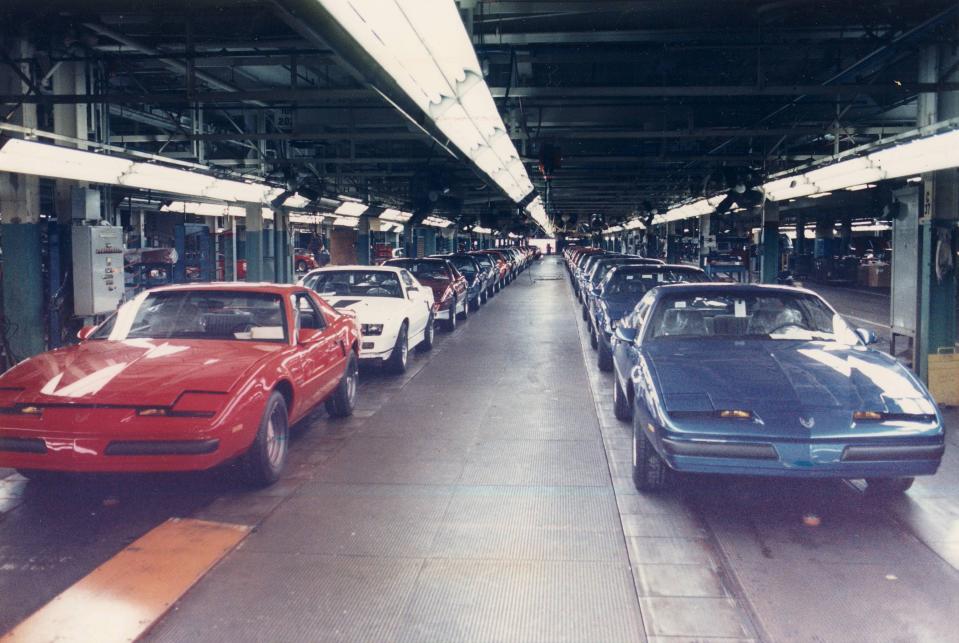
The mood on the last day was described as sad yet upbeat, like a funeral or the last day of school. Workers hugged, shook hands and offered best wishes.
“Everybody’s bitter, but they’re all doing the job to the end. I’m surprised,” said Roger Brown, who worked as a mechanic at the plant for 17 years. “These people have a lot of pride. They’re sad and uptight, but, considering it all, they’re rolling right along.”
GM gave many workers subpay, or 95% of their former pay, for two years. The UAW-GM Human Resources Center, a joint union and management project, was set up to help union workers with job training and finding new work.
Norwood then had to reinvent itself. The GM plant site was converted into office space. The Rookwood Commons and Rookwood Pavilion shopping centers took over the old LeBlond Makino Machine Tool Co. plant and surrounding area.
“We had to change everyone’s perception of Norwood as a blue-collar area that was not an office market,” Rick Dettmer, the city’s former economic developer, told The Enquirer in 2006.
The transformation has been ongoing, but the specter of the GM plant still looms over Norwood.
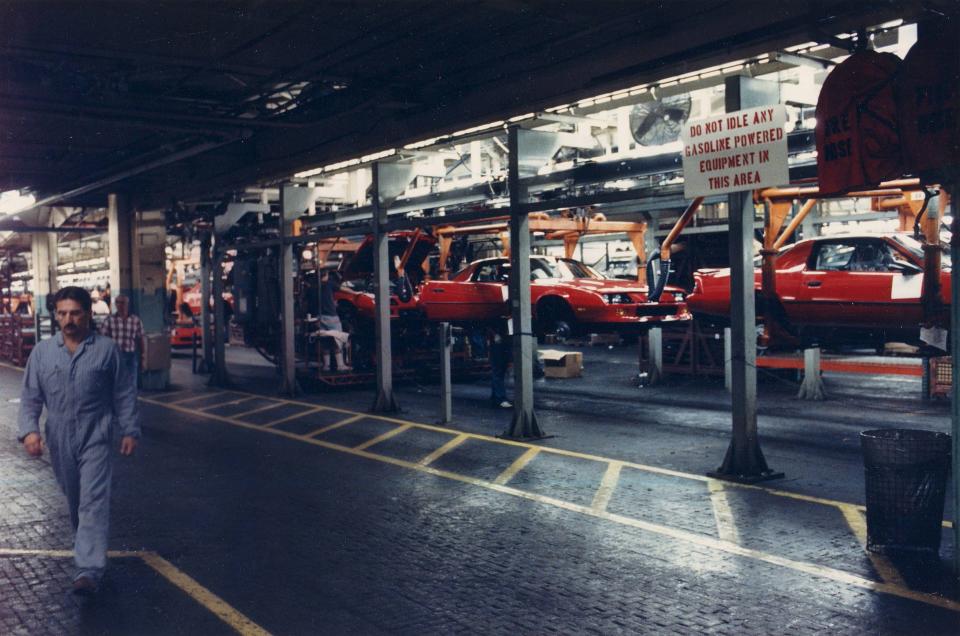
The closing “was the beginning of the transformation of this city,” Norwood’s then-Mayor Tom Williams told The Enquirer in 2006.
“You feel guilty saying it was in the best interests of the city in the long run,” he said. “Go tell that to the people who lost their jobs. That’s what made it difficult.”
Sources: Enquirer and Cincinnati Post archives, “Norwood: Where Legends Were Born” documentary
This article originally appeared on Cincinnati Enquirer: How a lengthy UAW strike played out in this Cincinnati neighborhood

